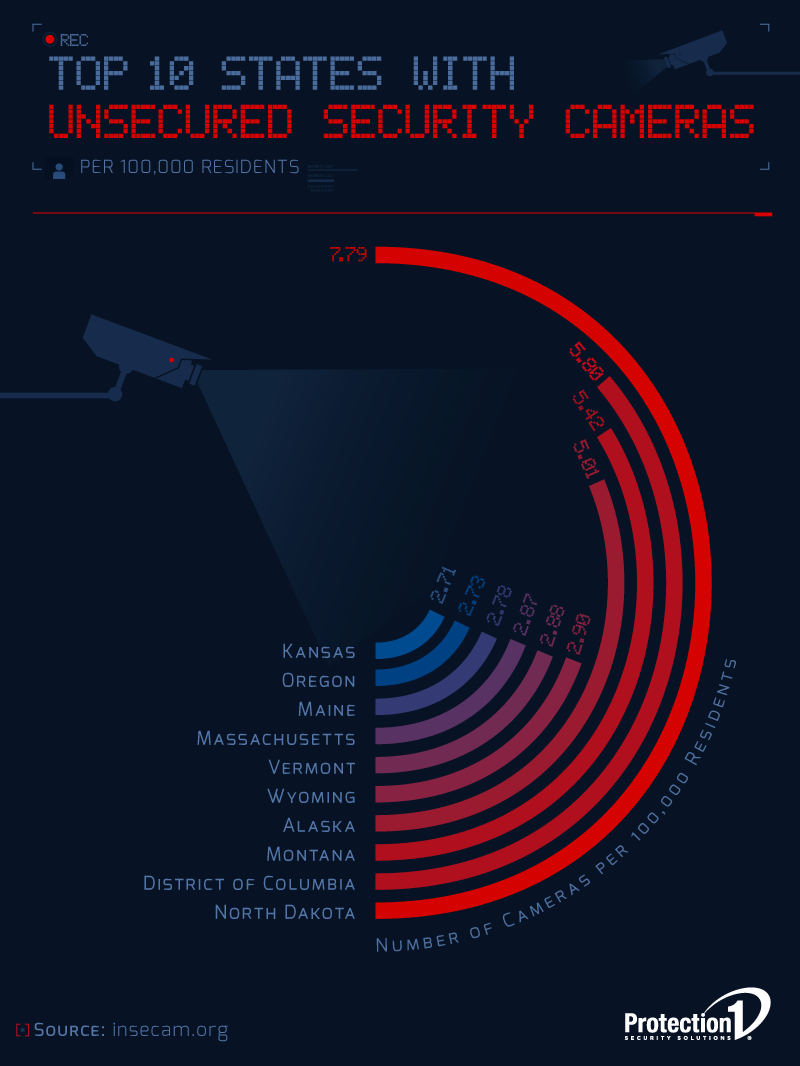A recent study by Protection1 security company revealed that there are over 6.000 open access security cameras, without even a code, throughout the territory of USA.
According to the company's findings, most of these cameras are in public places, but there are cameras at the headquarters of private companies, even in the homes of many Americans.
Protection1 notes that the highest concentration of unprotected cameras is around major urban centers such as region of San Francisco Bay, the Los Angeles area, Seattle, Chicago, the Florida cities, and all along the Atlantic coast, from Washington to Boston.
Beyond the cameras they offer for free open access steaming with view to the public places, there are cameras that have been installed in homes and publicly relay the activities inside the house. These cameras are extremely dangerous for the safety of the occupants of these homes as a non-password camera is a keyhole for the thieves.
The funny thing is, the owners of these homes and businesses have installed the cameras as a system monitorings, in order to prevent thieves from a robbery. But the same cameras offer the thieves the perfect system for monitoring the premises and gathering information about when and how many people are inside the house, if there is a dog, where the cameras are, what are their "dead" spots, etc. etc.
And if you laugh at the Americans believing they are easy and naive, let us remind you that there are also several cameras in Greece without a code or their worksite code. See the relevant article I'm here.






